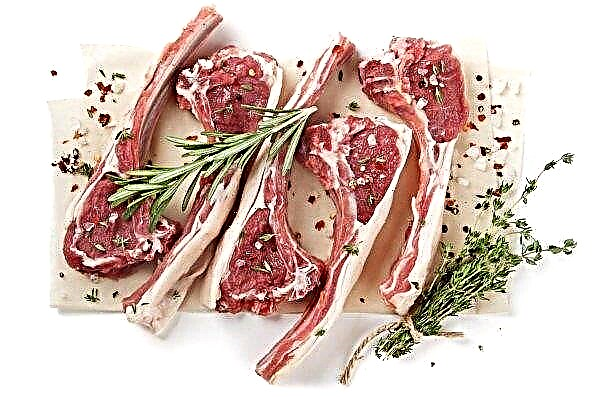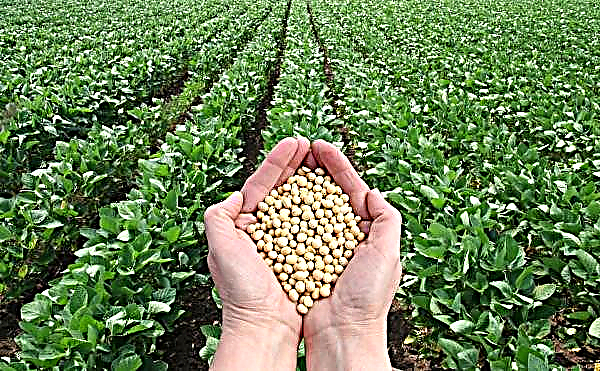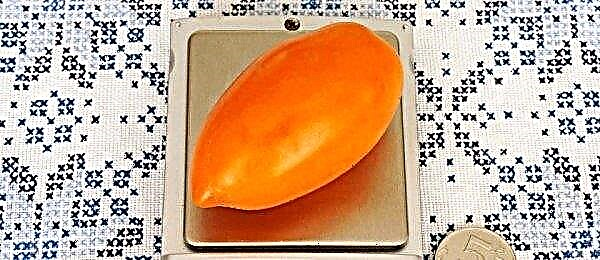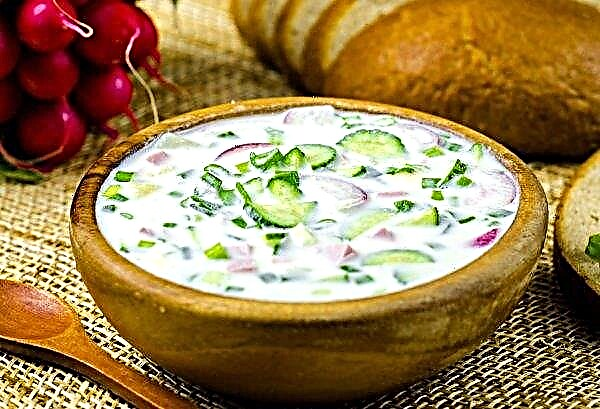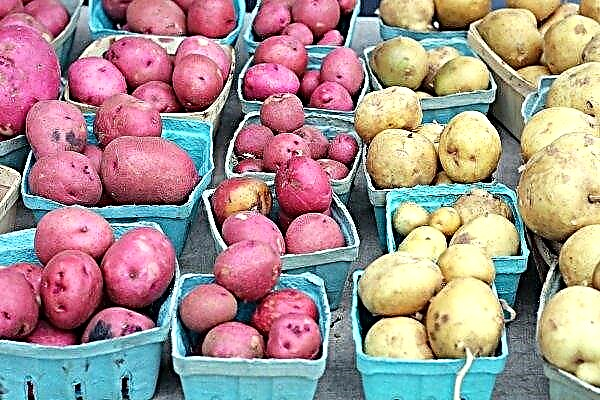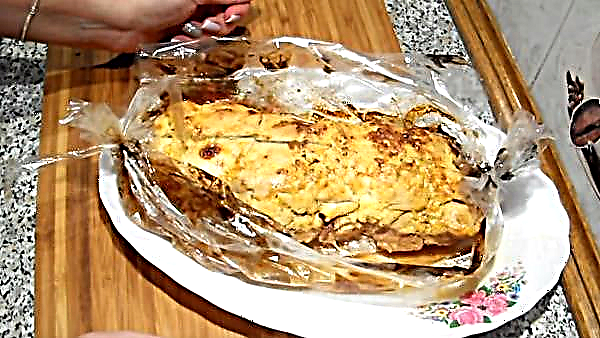On the island of Hokkaido, unique melons are grown. They belong to the royal royal jubari variety and are highly regarded by foodies around the world.
It should be noted that the ripening process of these melons, which belong to the cantaloupe type, occurs in conditions of increased comfort. Therefore, the taste and aroma of the fruits differs significantly from the melons of the same type, which, for example, grow on the gourd fields of Italy or Spain.
Those who were lucky enough to taste the “royal jubari” note that its taste immediately has an intense melon shade that goes into watermelon notes and ends with a pineapple aftertaste.
However, not only this organoleptic series raises a melon to the top of the gourmet pedestal. The thing is that Japanese farmers make tremendous efforts to ensure that the melons are tender, juicy and sophisticated.

Thus, the melons of the Land of the Rising Sun rub the peel of the “royal jubari” daily, making the fruit a kind of massage. Thus, they smooth the crust, and make it possible to form a special pattern on the surface of the melon.
In addition, the Japanese claim that massage (which, by the way, is done with exclusively white gloves from delicate fabric) makes melons sweeter.
It is important to note that caring for the fruits is not only focused on massage - farmers regularly put special black paper caps on the royal jubilee melons, which protect the fruit peel from sunburn.

The cost of one such melon varies from fifty to two hundred dollars apiece. The very expensive "royal jubari" in the whole history was sold for fifteen thousand dollars. Note that gourmets are willing to pay such (and even larger amounts) money for fruits with a uniform, and sometimes a symmetrical pattern on the surface of the peel.



